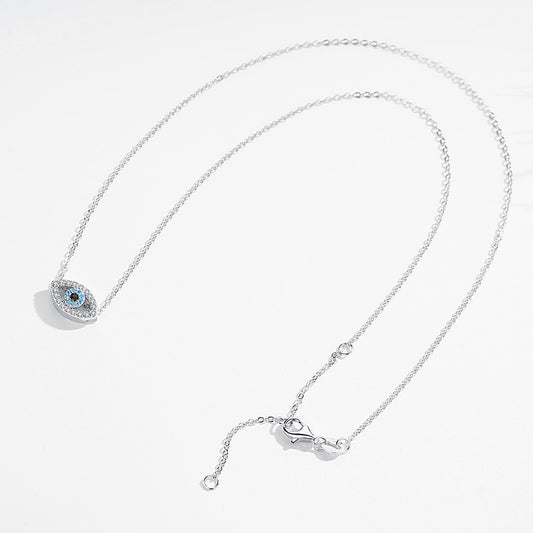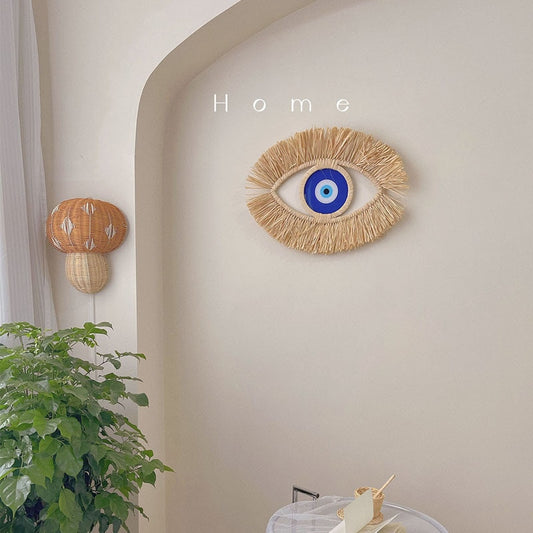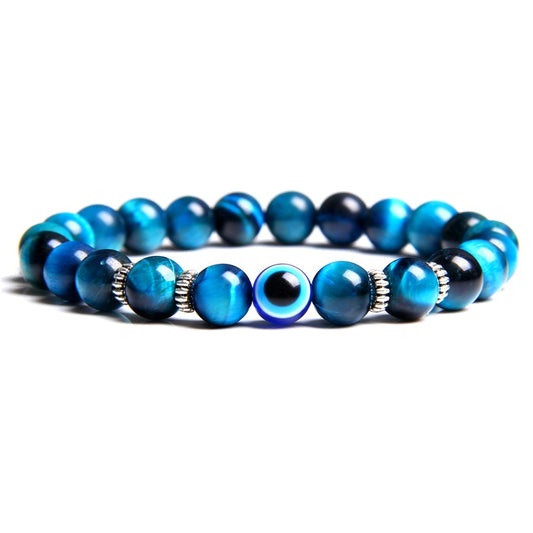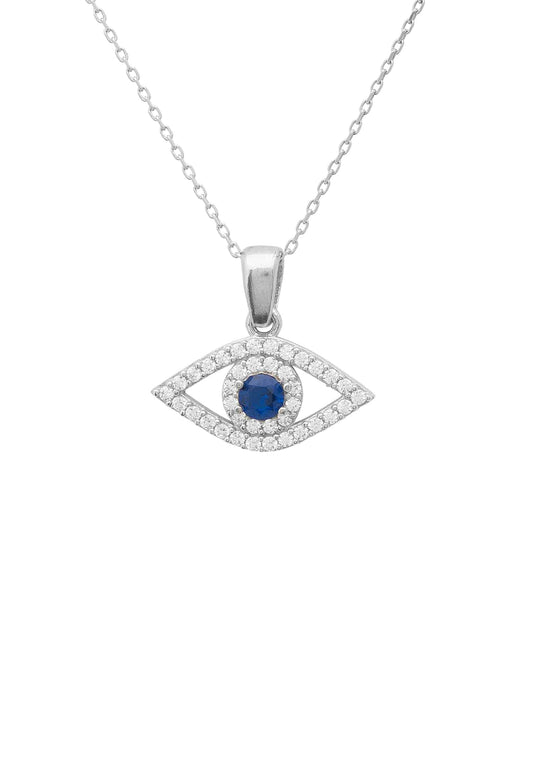What is the Evil Eye: Can You Jinx Someone
From the poetic words of great philosophers to ancient Egyptian artifacts, the concept of the evil eye has fascinated and unsettled civilizations throughout history. According to renowned thinkers like Sir Francis Bacon, two emotions have the power to enchant or curse—love and envy. These powerful emotions manifest as imaginations and suggestions, infiltrating the human eye when confronted by the objects or persons of desire.
So potent is the influence of envy that even the Scriptures liken it to an evil eye, defining it as a ceaseless and corrupting force, an attribute fittingly ascribed to the Devil himself, the "envious man sowing tares amongst the wheat in the dead of night."
The Ancient Egyptians and the Evil Eye
The fear of the evil eye was so rampant among the ancient Egyptians that it drove them to intricate rituals designed to fend off this malign force. This obsession is evident from the very foundation of their mythological beliefs. Ptah, the "Opener," not only fathered gods but also birthed men and the cosmos from his potent eye, thereby highlighting the eye's immense power to create or destroy.
This ancient dread of the evil eye wasn't limited to Egypt; it has found expression in holy texts and folklore around the globe, proving that no degree of scientific progress or religious doctrine could completely erase this deeply ingrained belief.
Countering the Evil Eye
But how did people counteract this sinister force? A unique talisman, commonly known as "turpicula res," served as one defense, featuring a mano fica—a gesture thought to ward off evil. In modern-day Naples, the saying, "Te facco na fica," is offered as a protective phrase against the evil eye, paralleling the use of making horns as a safeguard against enchantments.
The evil eye remains not just a relic of the past but a vivid symbol of humanity's primal fears and hopes, as relevant today as it was in the era of ancient scrolls and pharaohs.
Modern Day Celebrities Using the Evil Eye Talisman
Celebrities live their lives in the spotlight, constantly under the watchful eyes of fans and critics. It’s no surprise then, that many, including Kim Kardashian and Meghan Markle, have turned to the ancient symbol of the evil eye for a layer of protection against malevolent wishes and envy.
This symbol, rooted in antiquity, transcends cultural boundaries and is known for warding off misfortune and negative vibes. Kim, whose life is a whirlwind of public events and private moments turned public, often sports accessories featuring the evil eye. It serves as her mystical armor against relentless scrutiny and the torrent of negativity that often accompanies fame.
Meghan Markle, ever the center of royal attention and commentary, also embraces the evil eye. For her, ever under the global gaze and often the subject of unrelenting criticism, having such a talisman is almost a necessity. It’s a subtle, yet powerful guardian against the unseen malicious forces that linger in the shadows of public life.
It’s fascinating how these ancient beliefs continue to find a place in our modern world, illustrating a universal, human desire for protection and well-being. For celebrities constantly in the limelight, the evil eye is not just a decorative piece; it’s a symbolic shield against the unseen, unspoken enmities and resentments.
In essence, the adoption of the evil eye by celebrities like Kim and Meghan underscores our timeless quest for spiritual safeguarding against unseen malevolent forces. It's a reflection of humanity’s enduring belief in symbols as protectors against the pervasive and ever-present evil eye, proving that some ancient practices retain their relevance and significance, even in today’s ever-evolving world.



